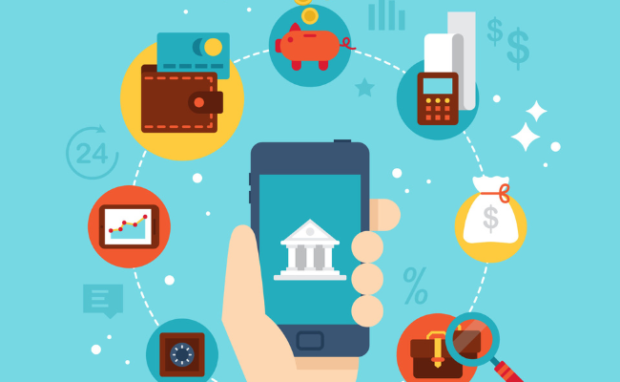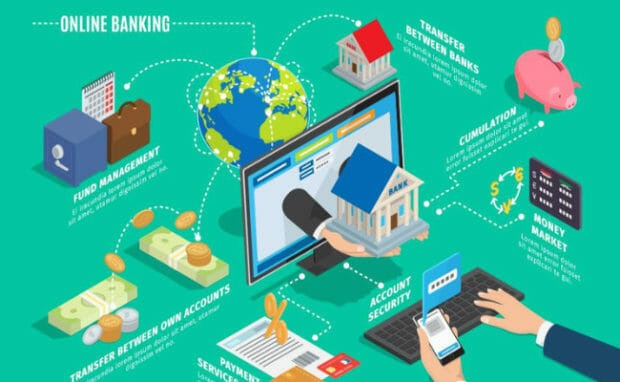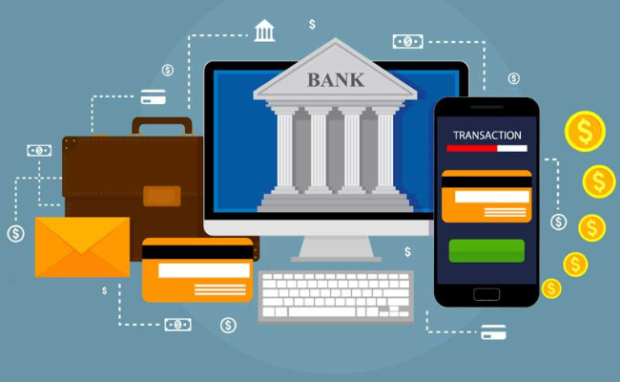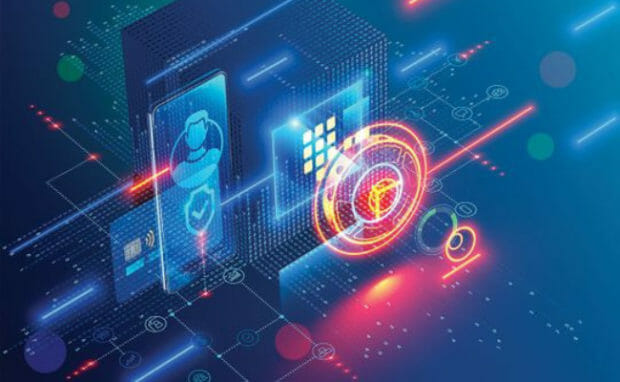Neobanks: The Future of Online Banking
Every facet of daily life is undergoing a digital transformation, even banks. Nowadays, you do not need to travel to a brick-and-mortar location for credit cards and loans.
Instead, you can receive these services neobanks with a few taps. More importantly, many provide better terms and conditions than traditional institutions.
This article will elaborate on neobanks and what they do. Then, we will discuss their pros and cons and explain the crucial tips when switching to a neobank.
What are neobanks?

Photo Credit: www.verdict.co.uk
The prefix “neo” is Latin for “new.” These “new banks” or neobanks provide traditional banking services via online devices and services.
Its other names include digital bank, online bank, and challenger bank. The latter came from the US as they rivaled the long-standing names in the country.
Check their services, and you will easily understand why more people look for neobanks. Perhaps you will apply for an account after reading this article!
Why switch to a neobank?

Photo Credit: www.alten.com
Let us say you want to apply for a personal loan. Do that at a traditional bank, and you will have to travel to the physical location. Then, you would probably need to wait in a long queue.
You must fill in several pages with your name, address, and other sensitive information. Also, processing can take several days as the bank looks over your credit score.
Approved funds may take a couple of days to reflect on your account. On the other hand, you could register and receive a personal loan within minutes via neobanks.
They have apps that enable access to their services, such as credit card applications, money transfers, and loan processing. Also, you could check their websites if you prefer using a PC.
Neobanks provide what you need quicker than regular banks while removing the hassle of going to a physical location. Even better, they offer better terms and conditions.
For example, the Maya app in the Philippines offers savings accounts called Maya Savings. It offers an introductory rate of 6%, significantly larger than the country’s average of 0.10% to 0.25%.
One of the biggest reasons to switch to neobanks is the growing adoption. Years ago, the Bangko Sentral ng Pilipinas (BSP) released a paper expressing doubts about adopting digital banks.
Nowadays, more Filipinos use neobanks. According to Finder, 13,183,816 Filipinos had digital bank accounts in 2021. In other words, 18% of the population uses online banking.
The Philippine digital transformation continues to expand, so you do not want to be left behind. Having an online banking account can help you adapt.
As a result, more businesses allow digital wallets as payment methods. Soon, your business may need to do the same as the trend grows.
Tips for switching to a neobank

Photo Credit: www.telusinternational.com
It is super easy to register with a digital bank. Some of the most prominent neobanks in the Philippines include Tonik and Maya, which have a few applicants’ requirements.
These include a recent photo of yourself and your valid ID. Even better, their apps link to your smartphone camera for convenient submission.
Processing times take a maximum of 24 hours. Yet, you should not be too hasty in registering for neobanks. You must remember a few tips to keep your finances safe.
First, make sure that you are signing into a real neobank. Many people take advantage of people’s lack of understanding regarding online services.
You can find many apps that promise high returns and low fees that are scams. At the time of writing, the Philippine News Agency reports that there are six digital banks with BSP certification:
- GoTyme Bank
- UnionDigital Bank
- Tonik Digital Bank
- Maya Bank
- Tonik Digital Bank
- Overseas Filipino Bank
Ensure that the bank offers the services you need. For example, head to Maya if you want to buy cryptocurrencies like Bitcoin.
Prepare for potential problems with neobanks. For example, the online bank Chime experienced outages that closed accounts for its 12 million users.
Note that any method for storing money could encounter problems. For example, ordinary banks could suspend services, especially during economic downturns.
For example, some state banks in China froze customer accounts months ago. Keeping your money at home could tempt you into spending your emergency funds.
Issues with neobanks

Photo Credit: gulfnews.com
One of the people’s biggest problems with digital banks is the lack of face-to-face interaction. You cannot speak to their representatives for technical issues because they do not have physical locations.
Some people are uncomfortable leaving their money with an institution they cannot speak with in person. Moreover, you may struggle to find an online bank that allows cash deposits.
Most of them do not have ATMs, so you might need to deposit the money into another bank and transfer it from there. Unfortunately, you may have to spend more time and effort on the deposit.
Conclusion
You do not need to have a neobank account immediately. Consider your needs first, then search for digital banks that could fit. Stick with your current bank until you find one.
The country is moving towards more digitalization as the BSP considers implementing stablecoins for online payments. Meanwhile, the industry keeps expanding.
Soon, you may find a neobank that is right for you. In the meantime, you might want to check out more Inquirer Tech articles for the latest news and updates.